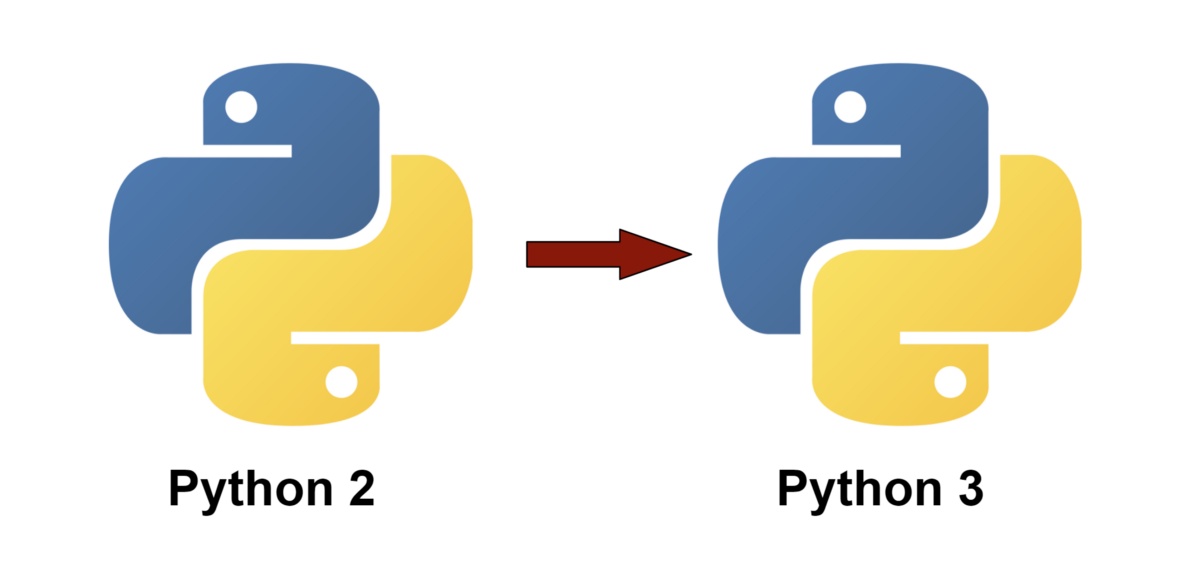Many programming languages are available, but Python is among the most popular. According to reports in 2022, Python app development is regarded as among the most used programming languages.
Even though we don’t realize it, Python App Development services are the engine behind many applications we use in our everyday lives, such as Pinterest, YouTube, Facebook, Uber, Spotify, and many others.
As of January 2020, Python 2 has been shut down. Since then, Python 3 adoption has been controversial in the Python community. Even though Python 2 is still in use, the Python Software Foundation (PSF) has stated that there will be no more improvements and bug fixes to Python 2.
Whether you're still running legacy Python on a server, it's a good idea to migrate to the latest Python.
There is now a lot more difficulty in maintaining the applications built on Python 2, which will only worsen over time without any support or improvement to keep it from becoming unmaintainable.
Such projects require active development, which will be challenging, so a quick move to Python 3 is a sensible and beneficial choice.
Migrating can bring many benefits. Read on to know more.
What is Python 3?
Python 3 is the latest release from the Python Software Foundation (PSF), which was introduced in December 2008. This initiative was primarily designed to solve Python 2 programming problems. On top of that, it is crucial to note that Python 3 is incompatible with Python 2.
Programmers using Python 2 faced this problem because they had to write code adaptable to Python 3. As a result, Python 3 became a necessity.
What is the difference between Python 2 and Python 3?
There are many improvements in Python 3 over Python 2. The Python 3 programming language is easier for programmers to learn and implement than Python 2. The shutdown of Python 2 was inevitable due to the need to upgrade it and release a new version.
- Compared to Python 2, Python 3 has a simpler syntax
- Several libraries can only be used with Python 3, the language used to create them, and there are no forward-compatible Python 2 libraries.
- The Python 3 language has been widely used in software engineering, data science, and security, while Python 2 is used mostly by DevOps engineers.
- What makes you migrate from Python 2 to Python 3?
- A programmer must stay current with the programming world, which can be achieved by upgrading from Python 2 to Python 3.
Why should you start putting your focus on migration from Python 2 to Python 3?
The following are a few reasons why migration matters.
Secure software
There is always a need to protect data. There is no doubt that if you use the latest version of the software, you will face fewer vulnerabilities.
It is important to note that since PSF has discontinued its support for Python 2, you will have to use unofficial security patches that come from third parties to use it.
The application process will have to be carried out manually and will require additional consideration. Without PSF's support, you are left with no support, leaving you in a difficult position.
The use of third-party libraries
Many libraries are only available with Python 3 and cannot be used with any other Python version.
A third-party library plays an essential role in the Python app development process because it makes it easier to perform tasks.
There were even libraries like these in Python 2. However, in Python 3 there are even more useful and comprehensive ones.
With Python 3, intermediary libraries can be added more easily and quickly than with previous versions' library systems.
In the new Python 3 libraries, machine learning, artificial intelligence, and big data integrations are simplified and sped up, allowing faster and easier data handling.
Support for developers
Since Python 2 was released in 2000, it has remained the same since its launch.
It is never easy for developers to work with outdated or unsupported technologies, which is usually quite challenging.
Additionally, the fact that it needed continuous updates and improvements made it tedious for developers to maintain it.
The Python 3 revision boasts many new features, such as improved compatibility, support for operating systems, and the ability to use cloud services, and the list can go on. This allows developers to upgrade their skills and better understand the subject matter.
Opportunities for growth
Several new features in Python 3 allow developers to take advantage of new opportunities. As a result, the level of safety has been greatly improved.
The Python 3 programming language provides strings which are Unicode encodings whose type differs from that of bytes. As a result, developers can save a great deal of time.
Conclusion
If you continue to use Python 2 right now, you will not necessarily lose your project. Still, your Python App Development Services will suffer negatively and continue to suffer the longer the migration is delayed. To ensure your software's long-term stability, you should migrate from Python 2 to Python 3.


No comments yet